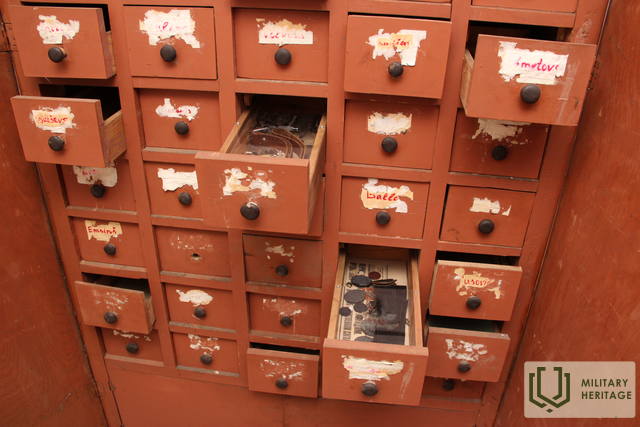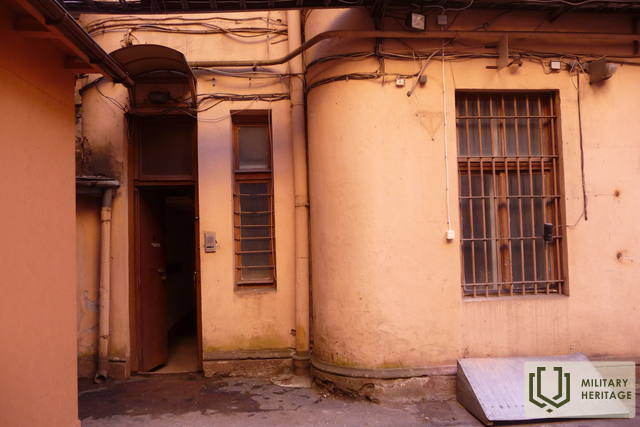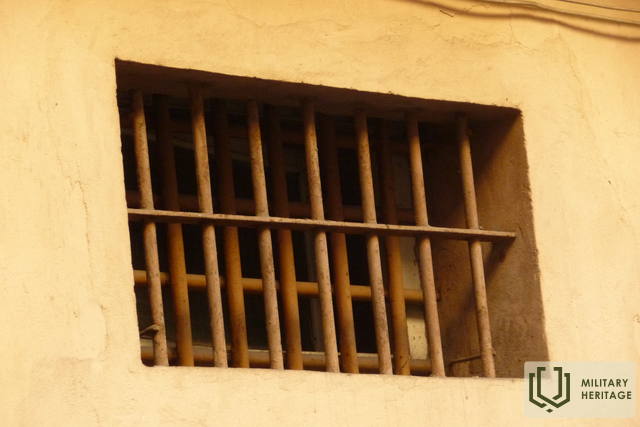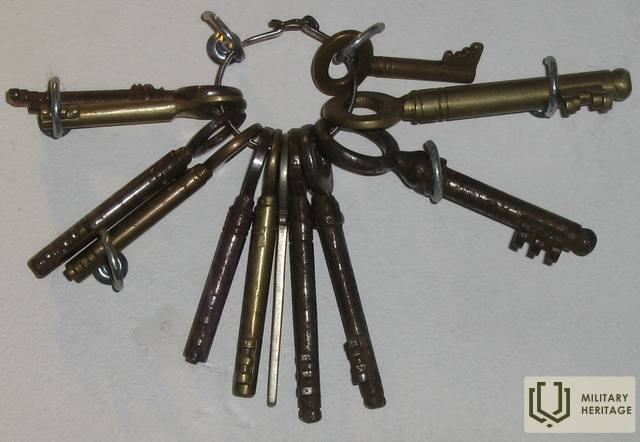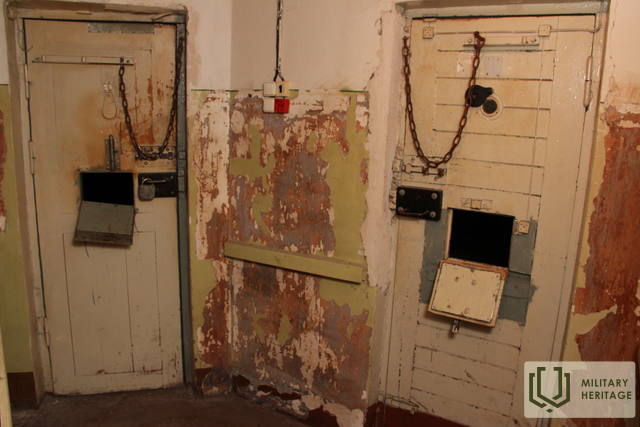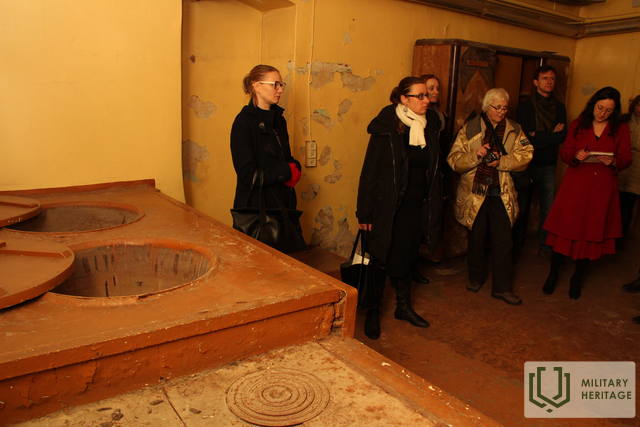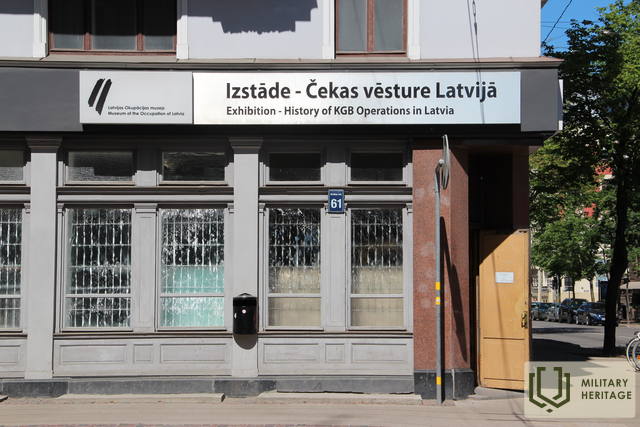About the Corner House
The narrator describes her first impressions of arriving at the Corner House. The memories reveal the harsh living conditions of the prisoners.
“(..) They took me into one of those rooms with tiled walls and a tiled floor. And I was so nervous, mostly because I was met there by a corpulent Russian woman, I dare say, because her face and clothes… She was in uniform with a blue cap and a red star and that green “gymnast’s coat”. I can see it all before my eyes. A household robe tied around her and a knife in her mouth and her hands at her sides. Any person is psychologically shocked when they see that. You are afraid, you don’t know what will be done to you and what will happen. She says: “Razgevaisya”, I take off my coat, “Razgevaisya”, I take it off further, “Razgevaisya” and until you have nothing left. “Open your mouth, crouch down, bend down”. Then all the rubber bands are off, zippers, buttons, off, the laces of your boots are off, your hair buckles out. Everything is slipping down on me and I'm holding on. (..)”
“And then they took me further to cell no. 28, on the first floor. They opened the door and let me in. There are 5 women sitting there with their bags, undressed - in bras and panties. I say “Good evening” and ask if there is a sauna here. They laugh at me and answer that there is a cell here. The heat is so high that you can’t wear clothes there. Among them was Dr. Vernere from Liepāja. She was 7 months pregnant. She immediately told me: “You know, there are so many of us here, everyone has their own case and we don’t tell each other anything about our cases. You don’t talk to anyone about your case and don’t hold out any hopes. They will promise you, perhaps, that you will be released if you hand someone over. No one gets out of here. The only thing you can do is protect those people who are still outside. Don’t hand them over, don’t name them. That is your only option. (..)”
“(..) At night you have to sleep on your back, the light in your eyes, nothing should be put on your eyes. If you turn to your side, they come and wake you up. They have to see your eyes. I think I'll survive this night somehow, but the next one, nothing. One, two, three…” (..)
“(..) Water was only given to one of the cellmates, because she was 7 months pregnant. When she gave a glass of water to the others, the guard snatched it out of her hands and poured it out. In the morning, they gave her hot water to drink, but since it was boiled in the same pot where canned fish soup was cooked, it smelled bad. (..)”
Memories transcribed from the “youtube” platform: video title “Corner House Testimonies” (July 20, 2021.
Related timeline
Related objects
Exhibition in the KGB Building "History of KGB Operations in Latvia"
The former USSR State Security Committee (commonly known as Cheka) building is open for visitors. Here chekists imprisoned, interrogated and murdered Latvian citizens who were considered opponents by the occupation regime. There is also an exhibit from the Latvian Occupation Museum on the activities of Cheka in Latvia. Guided tours of the prison cells, corridors, basement and courtyard are available. The house was built in 1911 and it is one of the most beautiful buildings in Riga. Called the ‘Corner House’ by the people, it was the scariest symbol of the Soviet occupation regime in Latvia, and also one of the pillars of power of the USSR. Cheka operated from the Corner House during the occupation from 1940 to 1941 and then again from 1945 to 1991. Tens of thousands of Latvians were affected by direct political persecution. The fight against enemies of Soviet rule continued also after World War II. Cheka’s approach towards its operation slightly changed after Stalin’s death. Physical torture was replaced by psychological terror. The majority of Cheka agents were Latvians (52%). Russians were the second largest group – 23.7%. 60.3% of the agents were not members of the Communist Party. 26.9% of the agents had higher education. The system was designed in a way to involve local people and thus have greater control over the society. Staff documents and service records are located in Russia. And these materials have not been made available to Latvian authorities and researchers.




